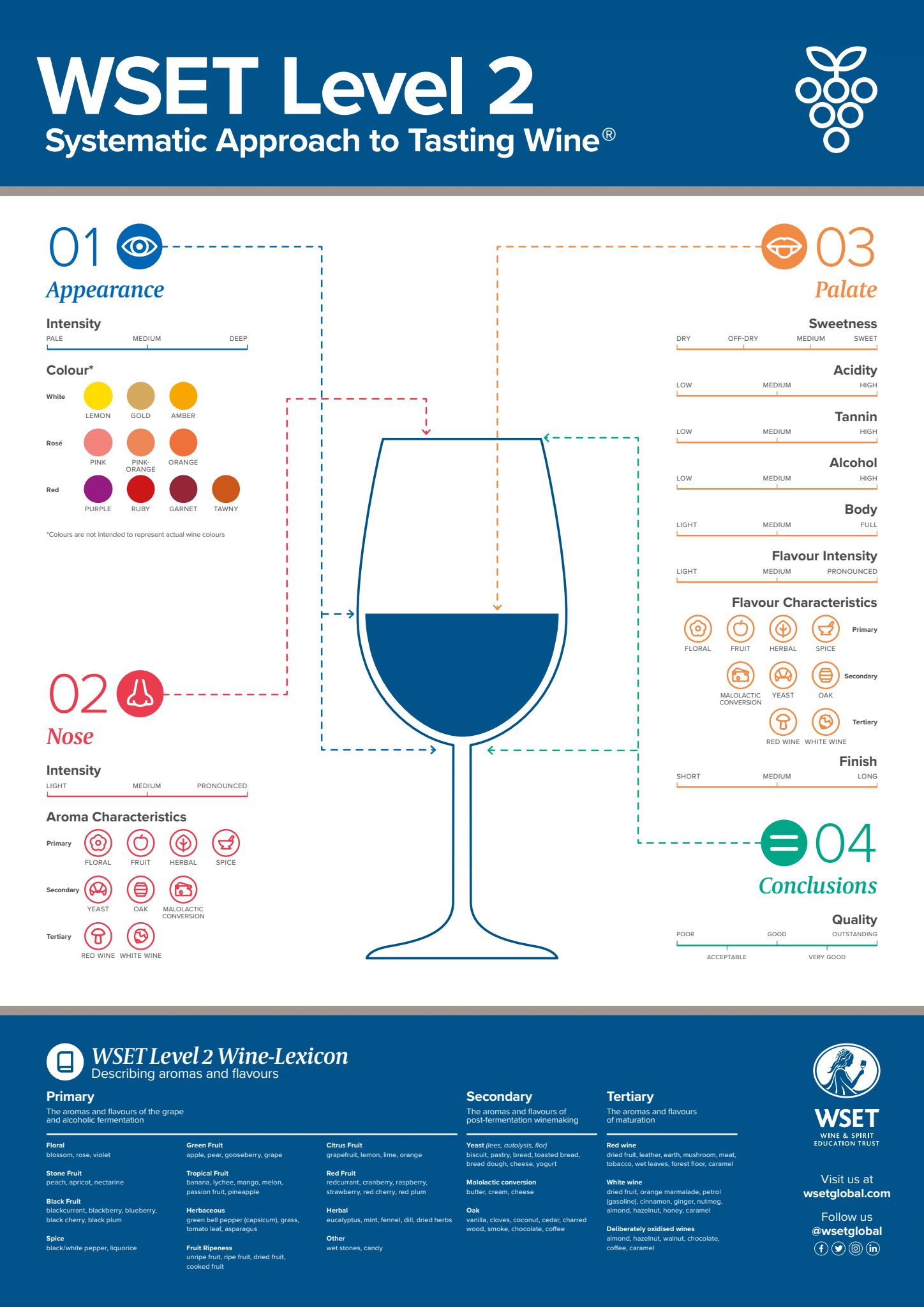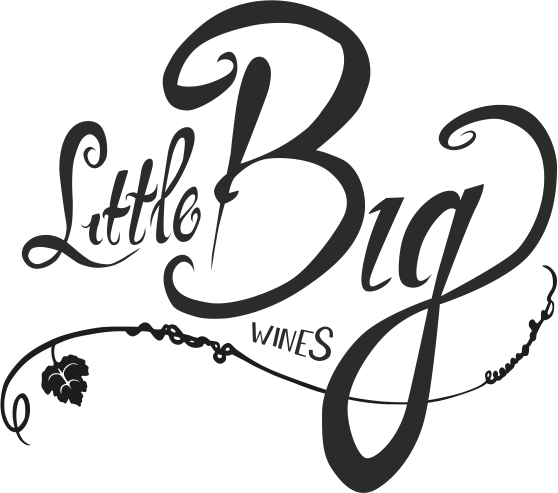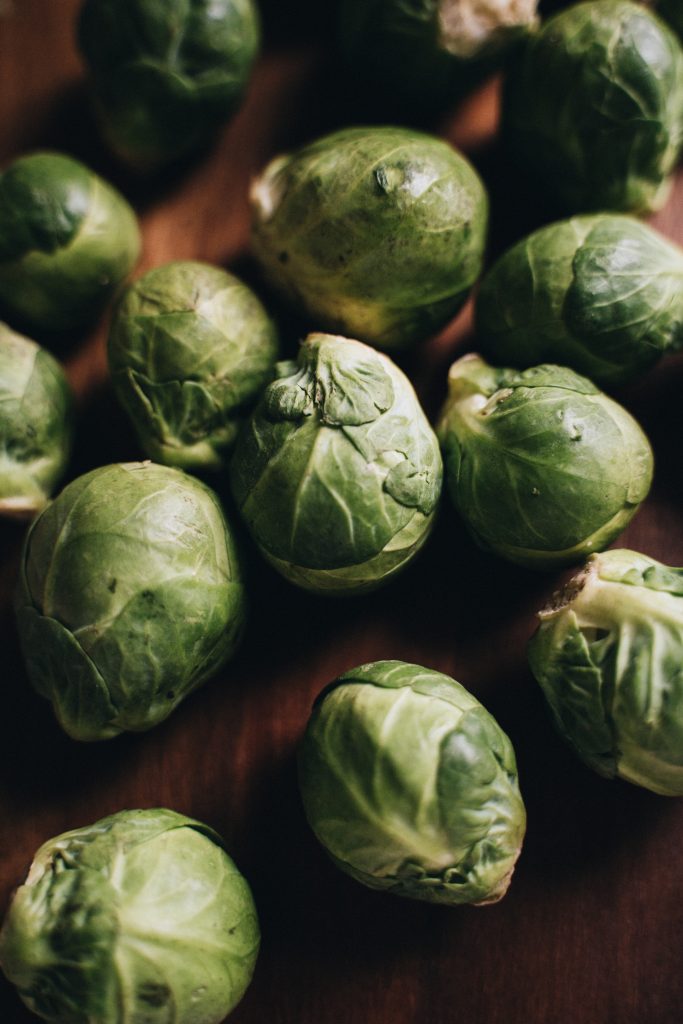Wine tasting
HOW TO TASTE WINE?
During my childhood years my siblings and me were encouraged, if not forced, to try as many different flavours as possible. After the bowl of porridge and the brussels sprouts (yuk) had been tackled, we got to take sips of wine during teenage years. The first weren’t as tasteful, as for most people I suppose. But after the years went by (and I had reached the legal drinking age!) I had really started to appreciate this lovely fermented grape juice.
This certainly is not a manifest for keep drinking alcohol until you like it or pouring your children wine while they are young. I merely want to make the point that wine is an acquired taste.
Moreover, do our taste preferences change over time.
I remember being a first-time student, living on the other side of the country in a shared flat. Suddenly I was responsible for providing my own food and somehow, I always forgot to buy sugar when doing groceries. This meant having to drink tea and coffee without sugar, something I would never have thought possible. Until I came to the point of preferring sugarless drinks over sugared ones. Now the thought alone of putting any sugar in my drinks makes my mouth feel sticky.
But let’s get back to wine. What’s the point in tasting wine and not only drinking it? What are the different stages of tasting? And what can we conclude from our tasting notes?
Below I hope to give a clear answer to all these questions.
Why taste wine?
Once you start tasting wine on a more regular basis, it might become difficult to remember all the different styles and flavours you have tasted. Writing tasting notes, not only helps you remind yourself of a wine you liked, it also allows you to compare wines. And it helps you communicate to other people what a wine is like, sometimes long after you have tasted it.
Why taste wine through the WSET SAT?
The Wine and Spirit Education Trust (WSET) has created a Systematic Approach to Tasting (SAT) for each of their wine levels. The attached image shows an infographic of the SAT for the Level 2 in Wines course. By taking a consistent approach with every sample, you will get the most out of tasting wine. You will be able to write tasting notes that accurately describe a wine, which you can refer back to in the future.
How to prepare for a tasting?
– Before starting to taste, make sure there are no distracting smells in the room. Tasting in the kitchen where your partner is cooking, is not a good idea. Neither is wearing perfume or aftershave.
– Use proper glasses. Ones that have a wide bowl and are narrow at the top. This is where all the flavours concentrate before they enter your nose.
– Use a white surface. In case your table top is not white, simply use a blank white paper to assess the appearance of the wine. Using different backgrounds alters the colour of the wines.
– Make sure you have a clean palate. Lingering flavours like garlic, toothpaste and coffee may all interfere with the flavours of the wine.

What does the colour of a wine say about the wine?
So the first step in evaluating a wine, is looking at the colour. Most white wines tend to be lemon coloured, and red wines ruby coloured. However, some white wines can have hints of orange or brown and are then called gold and amber respectively. You will find these colours in older wines and wines that have been aged in oak. For red wines this means the colour changes into garnet and tawny. Young red wines can have more purple colours.
How to smell wine?
Well, using your nose obviously. But mind how you hold your glass: at a 45 degree angle and make sure your nose is in the upper part of the glass, the top rim of the glass touches your nose bridge. This way your nose catches more aromas.
Sometimes you already catch clear aromas before the glass has even reached your nose. This is what we call a pronounced wine. If you really have to put your nose well into the glass to distinguish any aromas the wine is light intense. Anything in between is medium.
What are primary, secondary and tertiary aromas in wine?
When talking about aromas (on the nose) and flavours (on the palate) we distinguish three styles.
Primary aromas are the ones that come from the grapes or that are created during the fermentation process, like fruity, floral, and herbaceous aromas.
Secondary aromas are created by post-fermentation winemaking. Think of vanilla and oak (use of oak barrels), biscuit and toasted bread (contact with the lees, which are the dead yeast cells left over after fermentation), and cream and butter (malolactic fermentation: converting malic acids into softer lactic acids).
Tertiary aromas come from ageing processes. Long periods in oak barrel give wine coffee, caramel and nutty flavours, while long periods in bottle add mushroom and honey notes.
How to taste wine?
Now the time has come to finally taste the wine. Take a big sip of wine, swirl it in your mouth, make sure it covers all parts before spitting (in case you are going to taste more wines and you are the designated driver) or swallowing.
There are many factors to take into consideration when judging the palate of the wine. First of all, there is the sweetness of the wine. The majority of wines we taste are dry. However, some can be off-dry (like Alsace Gewurztraminer) having a bit of residual sugar. Some are very sweet or luscious, like the typical dessert wines Sauternes and Port. And then there are the wines that have quite some residual sugar, the medium sweet wines, but they are just not sweet enough to pair well with most desserts. Sweetness is best detected on the tongue. The sweeter the wine, the more sticky the sensation after spitting or swallowing the wine.
Secondly we assess the acidity. The higher the acidity, the more your mouth waters and the longer it waters for. If you’re not sure what I mean by that, please think of biting into a slice of lemon. Now you get it? Acidity is very important for the balance of a wine, and especially in sweet wines.
Tannins are the next in line to judge. They can be found in red wines mainly. Why? Tannins are present in the skin of grapes and for making red wine, both the pulp and the skins are being used during fermentation. Whereas white grapes are often directly pressed, meaning the fermentation takes place without the use of skins. Tannins cause your mouth to dry up and can also have a bitter taste. Think of drinking a cup of black tea that was infused way too long. While they can be unpleasant in a wine with little fruit concentration, they are a very important structural component in more concentrated wines, especially the ones meant for long ageing.
Then there is alcohol. Very important, for wouldn’t there be alcohol, we would merely be drinking grape juice. It’s the yeast that converts sugar into alcohol during fermentation. The higher the sugar content of the grapes, the higher potential alcohol level of the wine. Most wines have a medium alcohol level of 11-13.9% abv. Lower alcohol levels can be found in wines from cool regions (where grapes don’t reach high sugar levels) or in medium-sweet/sweet wines that have not been fermented fully (not all sugar is converted into alcohol). Wines from warmer regions can reach higher alcohol levels and also fortified wines (like Port and Sherry) have high alcohol levels. You will feel a hot and burning sensation in your mouth.
Talking about body when describing a wine might not be so straightforward. Body is more about how the wine feels in the mouth rather than how it tastes. To get the idea of light, medium and full-bodied, think of apple, orange and mango. Or water, milk and cream. Going from a light to fuller mouthfeel. Tannins, alcohol, acidity and sugar all have an impact on the body of a wine.
Like on the nose, we evaluate the intensity of the flavours. And also here we distinguish between primary, seconday and tertiary flavour characteristics.
Finally we come to the finish of a wine. How long do all the sensations linger after you have swallowed or spat out the wine? A long bitter aftertaste due to unripe tannins doesn’t count as a long finish. It’s about the collection of desirable sensations, both flavours and structural components (all mentioned above) that should linger in your mouth. Higher quality wines generally have a longer finish than entry level wines.
What can you conclude from your tasting note?
After having checked all the boxes of the SAT, we can draw a conclusion about the quality of the wine. Outstanding wines are well balanced between fruit and sugar on one side and acidity and tannins on the other. They also have a concentrated and complex flavour profile, and a long length. Poor wines, on the other extreme of the scale, are neither balanced nor concentrated and complex, and they have a short length. Many wines fall between these two categories, being acceptable, good or very good, and show positive against some of the four criteria mentioned.
Now, I challenge you to write your first tasting note. This can easily be done using the WSET Tasting App. It’s a great tool to make and save your tasting notes, with a comprehensive list of common aromas and flavour characteristics, already categorized by primary, secondary and tertiary aromas.
Enjoy tasting wine and keep challenging those taste buds!

